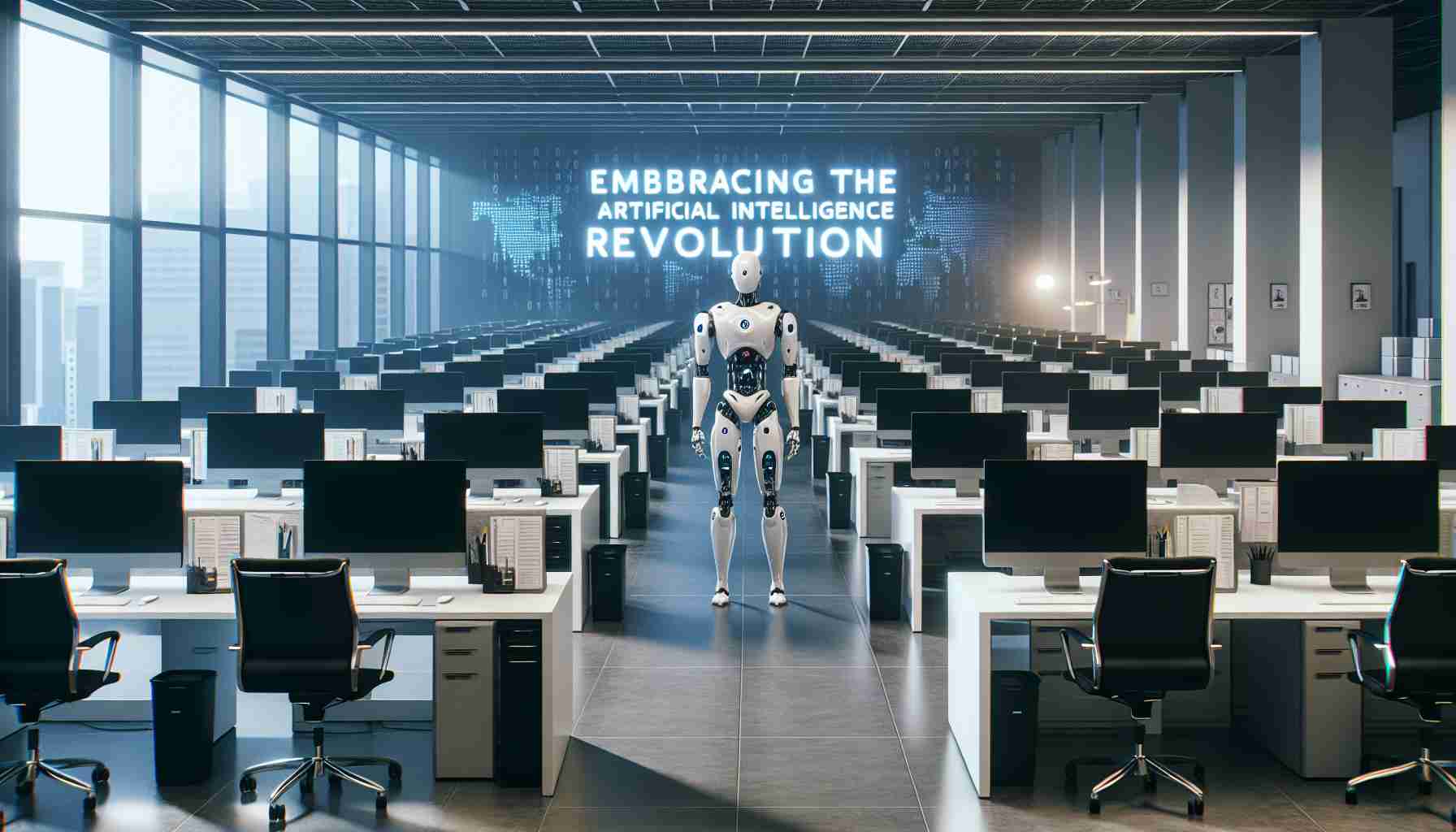- Workday is laying off 1,750 employees, representing 8.5% of its workforce, as part of a strategic shift towards artificial intelligence.
- CEO Carl Eschenbach emphasizes the need for tough decisions to align the company with AI growth opportunities.
- The restructuring aims to streamline operations and enhance collaboration with both partners and customers.
- Despite the layoffs, Workday remains financially strong, reporting a $1.62 billion profit in the past year.
- As it reduces its workforce, the company is also exploring options to vacate some office spaces.
- This transformation indicates Workday’s commitment to leading in the AI sector and adapting to market demands.
In a bold move, Workday, the tech giant based in Pleasanton, is slashing 1,750 jobs—equating to 8.5% of its workforce—as it pivots to capitalize on the explosive growth of artificial intelligence. Chief Executive Officer Carl Eschenbach expressed that while these decisions are undeniably tough, they are a necessary part of transforming the company’s direction amidst a rapidly changing business landscape.
Workday aims to align its workforce with emerging AI demands, signaling a transformative era for the company. Eschenbach highlighted the “massive opportunity” AI brings, underscoring the need to invest strategically and bring innovations to the market at a faster pace. This shift will not only streamline internal operations but also enhance collaboration with partners and customers alike.
While the company prepares for this extensive layoff, it promises to fill positions in essential areas that support its bold AI future. Previous job reductions haven’t deterred Workday’s path to growth; in fact, the firm remains robust with a reported $1.62 billion profit over the past year.
As the workforce shrinks, Workday is also considering vacating several office spaces, including its significant acquisition near its headquarters.
This substantial restructuring, although unsettling for many, is a clear statement: Workday is positioning itself at the front lines of the AI revolution, ready to meet customer demands and embrace new opportunities. For the remaining employees, navigating these changes will be critical as they look to shape the company’s innovative future.
Workday Reinvents Itself: A Shift Towards AI Amid Job Cuts
Summary of Changes at Workday
In a significant shift, Workday is laying off approximately 1,750 employees, which represents around 8.5% of its workforce. This decision comes as part of a broader strategy to focus on artificial intelligence (AI) integration within the company. CEO Carl Eschenbach emphasized the necessity of these layoffs to realign Workday’s goals with evolving market needs and to capitalize on the opportunities that AI presents.
New Insights and Innovations
1. Market Trends in AI: The global AI market is projected to grow from $138 billion in 2022 to approximately $1.59 trillion by 2030, creating numerous opportunities for companies like Workday that embrace this technology.
2. Workday’s AI Focus: The company is not just cutting jobs; it’s positioning itself at the forefront of AI development in financial management and human capital management systems. The emphasis will be on developing AI-driven analytics, automating routine tasks, and enhancing overall customer experience.
3. Employee Transition Plans: Workday plans to strategically fill key roles that align with their new AI initiatives, potentially leading to a more specialized workforce in the future.
Pros and Cons of Workday’s Transition to AI
# Pros:
– Increased Efficiency: AI can streamline internal processes and reduce operational costs.
– Enhanced Customer Solutions: Workday aims to deliver quicker, AI-enhanced solutions that meet client demands.
– Market Positioning: By investing in AI, Workday positions itself as a leader in the competitive tech landscape.
# Cons:
– Job Losses: The 1,750 layoffs may affect morale and lead to decreased productivity during the transition phase.
– Corporate Culture Shift: A focus on AI might create a gap between remaining employees and the new strategic vision.
– Short-term Uncertainty: The immediate future may be rocky as the company navigates through restructuring.
Key Questions About Workday’s Transformation
1. What are the specific areas in which Workday plans to invest in AI?
Workday is focusing on AI-driven analytics, automated reporting, personalization of user experiences, and predictive modeling. These innovations aim to enhance decision-making for human resource management and financial planning.
2. How will the layoffs affect Workday’s overall performance in the short and long term?
In the short term, layoffs may lead to disruptions and potential decreases in morale among employees. However, in the long term, by investing in AI, Workday aims to boost efficiency and profitability, which could result in increased market competitiveness.
3. What benefits do employees receive during this transition?
While specific benefits have not been detailed, companies typically offer severance packages, career transition services, and potential reemployment opportunities in areas aligning with new strategic focuses.
Related Links
For more insights and updates on Workday’s advancements, check out Workday.
As Workday undergoes these monumental changes, the outcomes will be closely watched by industry analysts and stakeholders alike, marking a pivotal moment in the convergence of technology and workforce management.
